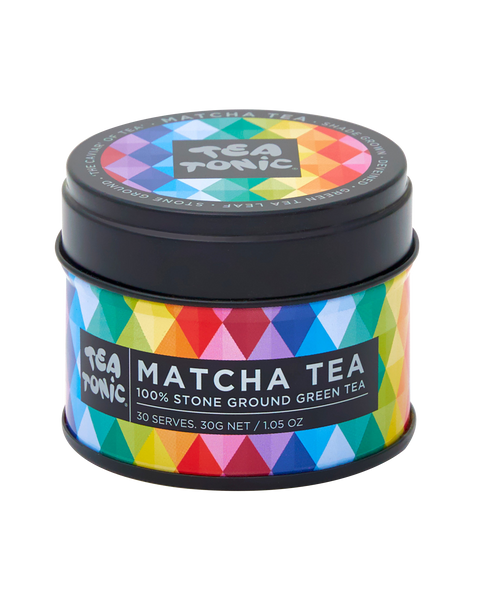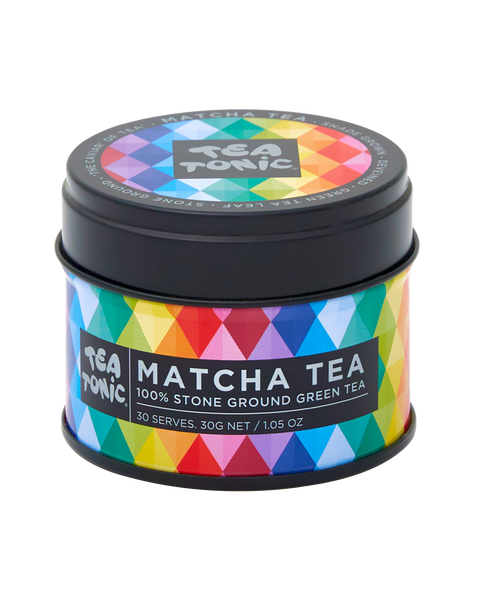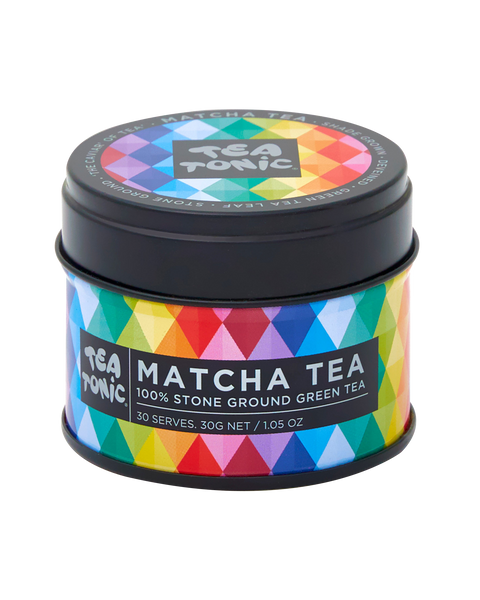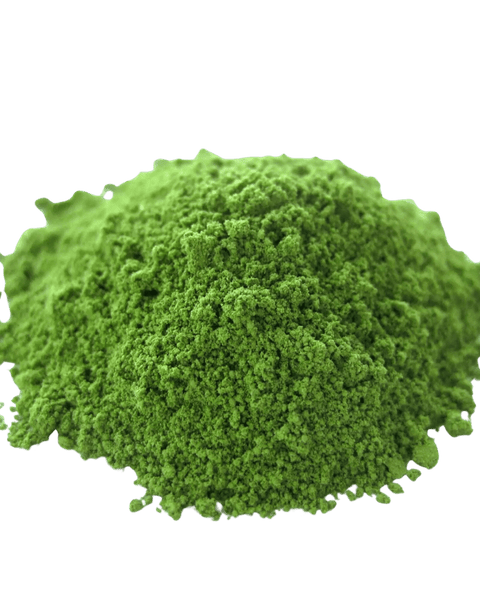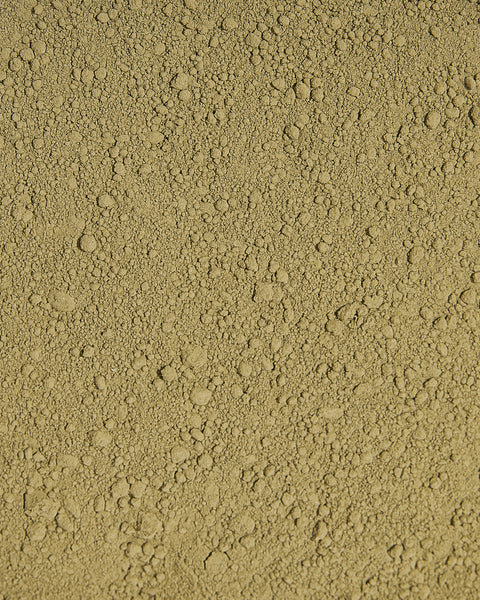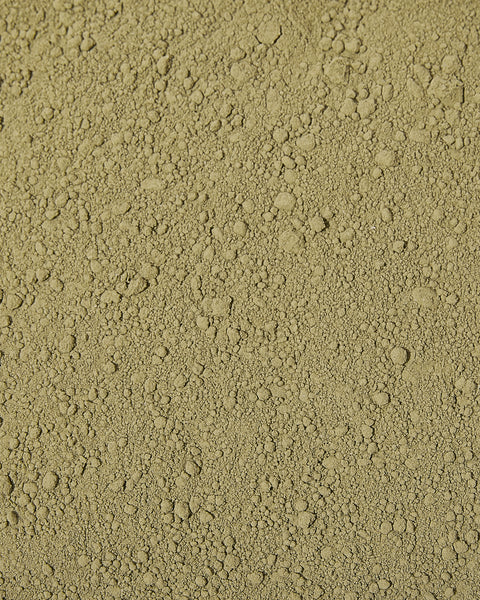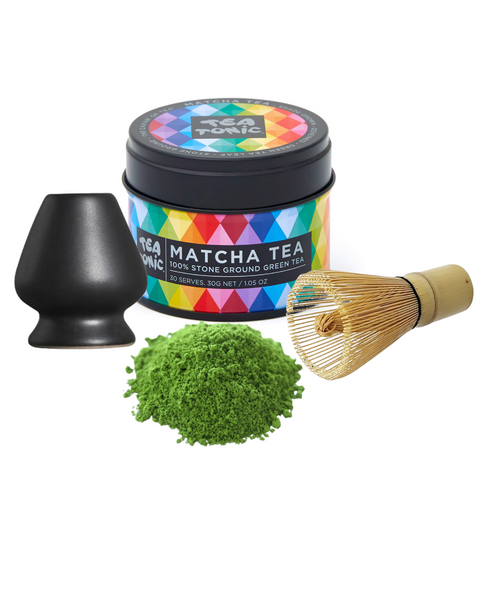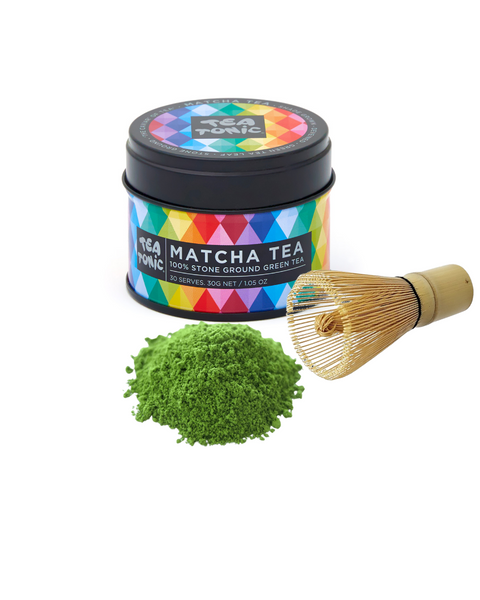Tea Tonic is proud to offer Australia's healthiest selection of organic tea blends, carefully curated with pure organic ingredients. Buy organic tea online and indulge in the goodness of nature, delivered straight to your doorstep. From organic loose leaf teas to convenient organic tea bags, we have flavours to satisfy every palate. Experience an abundance of tea benefits and savour our wide range of fun flavours. Elevate your tea experience with Tea Tonic!
Matcha Tea
Matcha tea offers a unique umami flavour, with a full-bodied, powdery texture that satisfies the taste buds. Not only is matcha tea a great option to drink in the mornings, as it is packed with antioxidants and also contains a measure of caffeine, that gives you a tingly buzz, but not so much that you get the caffeine jitters.
There is also the ritual of brewing matcha green tea, that is simple, yet requires you to take a moment to slow down and enjoy the process. For these reasons, many people choose matcha as their start to the day, an afternoon pick-me-up, or a post-dessert beverage.
11 items

